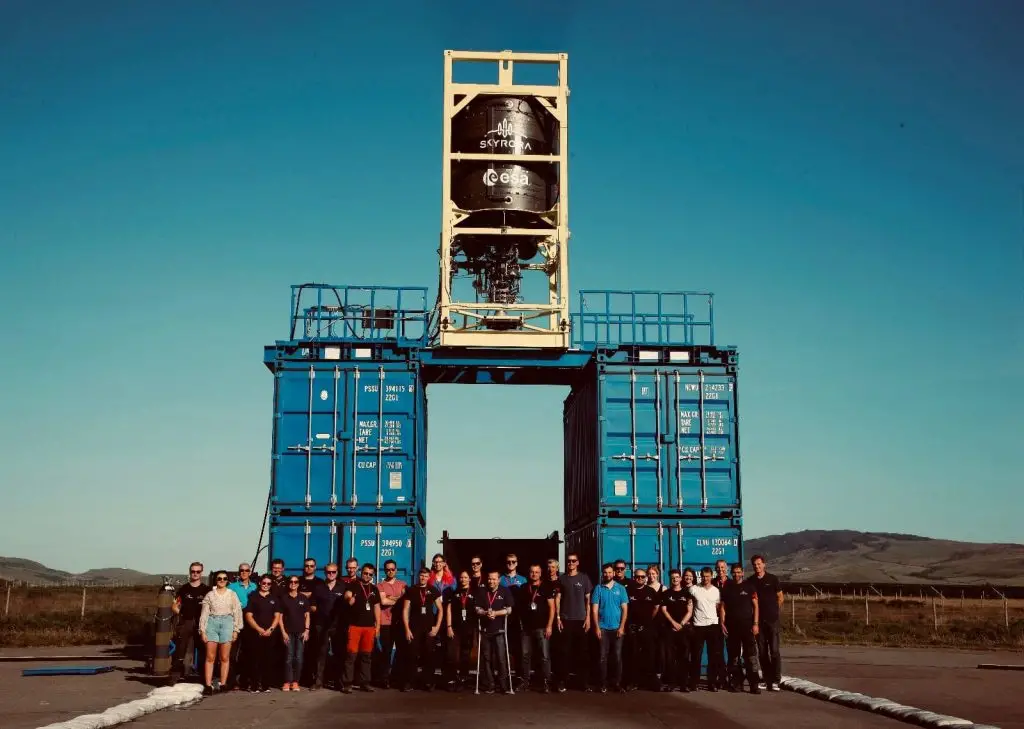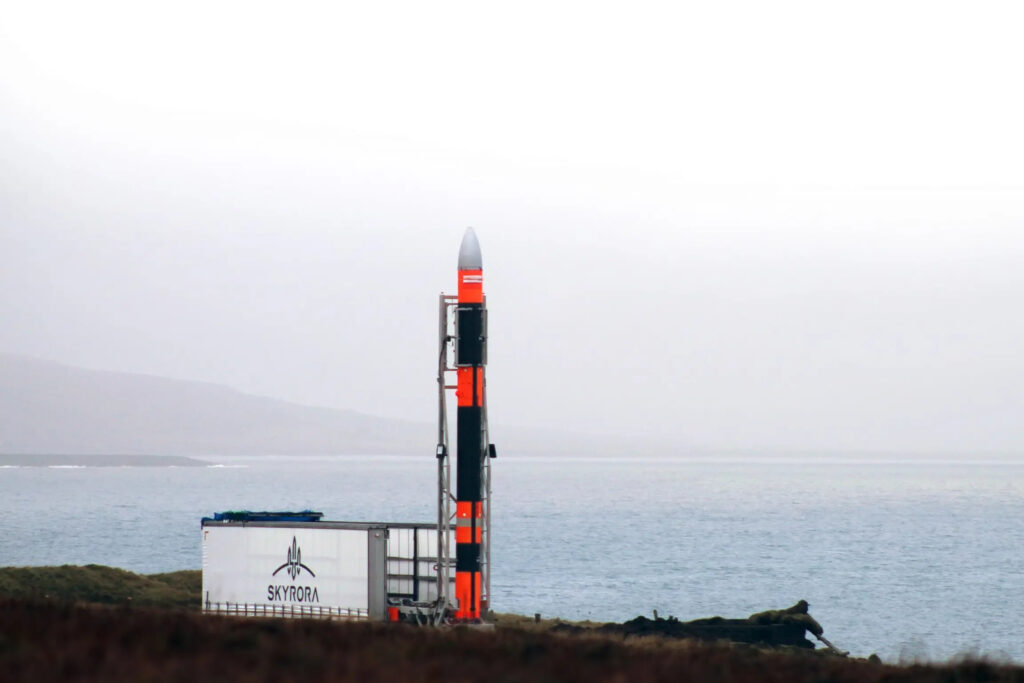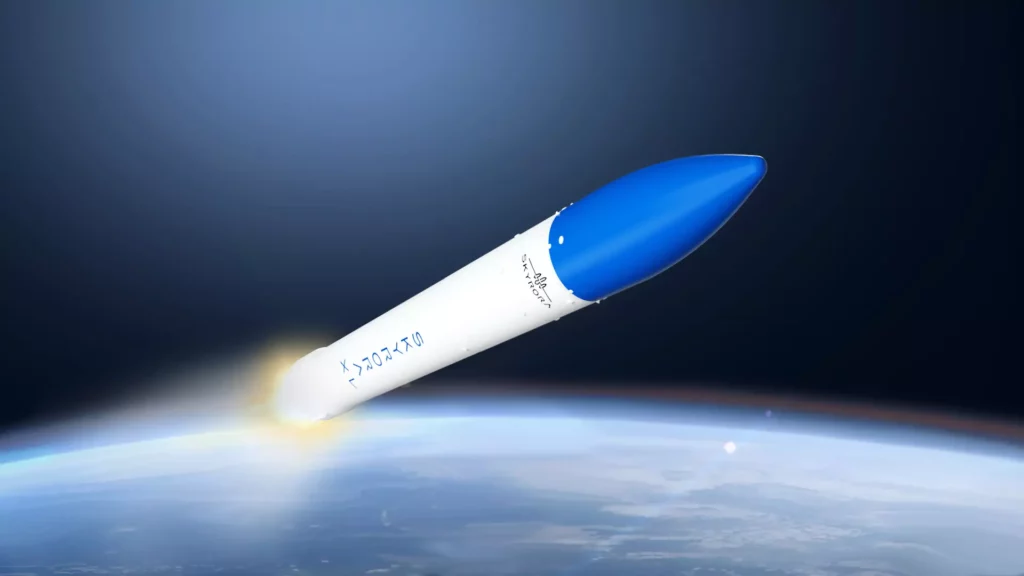Aerospace startup Skyrora expects to carry out the first orbital launch at the end of 2023. This was announced by the company’s operations manager Derek Harris.
About Skyrora
Skyrora was founded by Volodymyr Levykin, a native of Ukraine, in 2017. Its headquarters are located in Edinburgh, but it also has an office in Dnipro. The main task of the enterprise is to create a cheap launch vehicle designed to launch small satellites into near-Earth orbit.

Skyrora began its activity with the construction and testing of suborbital carriers in order to gain relevant experience. Already in 2018, the company carried out the first successful launch of the 2.5-meter Skylark Nano suborbital rocket. In 2019, fire tests of the Leo engine prototype took place. It is noteworthy that it was built using 3D printing.
In the following years, Skyrora conducted a number of more successful fire tests and carried out several suborbital launches. In 2021, the company announced an agreement for the construction of the SaxaVord Spaceport on the Scottish island of Anst.
Suborbital test in Iceland
In October 2022, Skyrora made a suborbital launch of an 11-meter Skylark L rocket (it was carried out from the territory of Iceland’s Langanes peninsula). The purpose of the mission was to reach the Karman line, adopted as a conditional boundary between the Earth’s atmosphere and outer space.

Unfortunately, Skylark L managed to reach only a height of 300 meters. Due to an anomaly in the rocket’s software, engineers had to turn off its engine, after which it fell into the Norwegian Sea. According to Harris, even taking into account this circumstance, the team managed to achieve about 60% of its goals.In April 2023, Skyrora plans to conduct a new Skylark L test, and by the end of the year, launch the Skyrora XL orbital carrier.
Skyrora XL
The Skyrora XL is a three-stage rocket. Its length is 22.7 meters, diameter — 2.2 meters, weight (when refueled) — 55.8 tons. Kerosene is used as fuel in the Skyrora XL, and high-boiling stabilized hydrogen peroxide is used as an oxidizer.

The first stage of the rocket will be equipped with nine Skyforce engines similar to those used on the Skylark XL. One Skyforce engine will be installed on the second stage, and the Leo engine will be installed on the third. Their power is sufficient to launch 315 kg of payload into a sun-synchronous orbit. It is also worth noting that the Leo engine has the ability to turn on again. This will allow the company to launch several satellites into different orbits.
Currently, Skyrora engineers have built five Skyforce engines. The company plans to complete the production of the remaining power units by spring. After that, they will undergo a series of fire tests both individually and in assembly. If all goes well, the first launch of the Skyrora XL will take place in the fourth quarter of 2023 from the territory of the SaxaVord Spaceport.
According to https://spacenews.com
Follow us on Twitter to get the most interesting space news in time
https://twitter.com/ust_magazine

